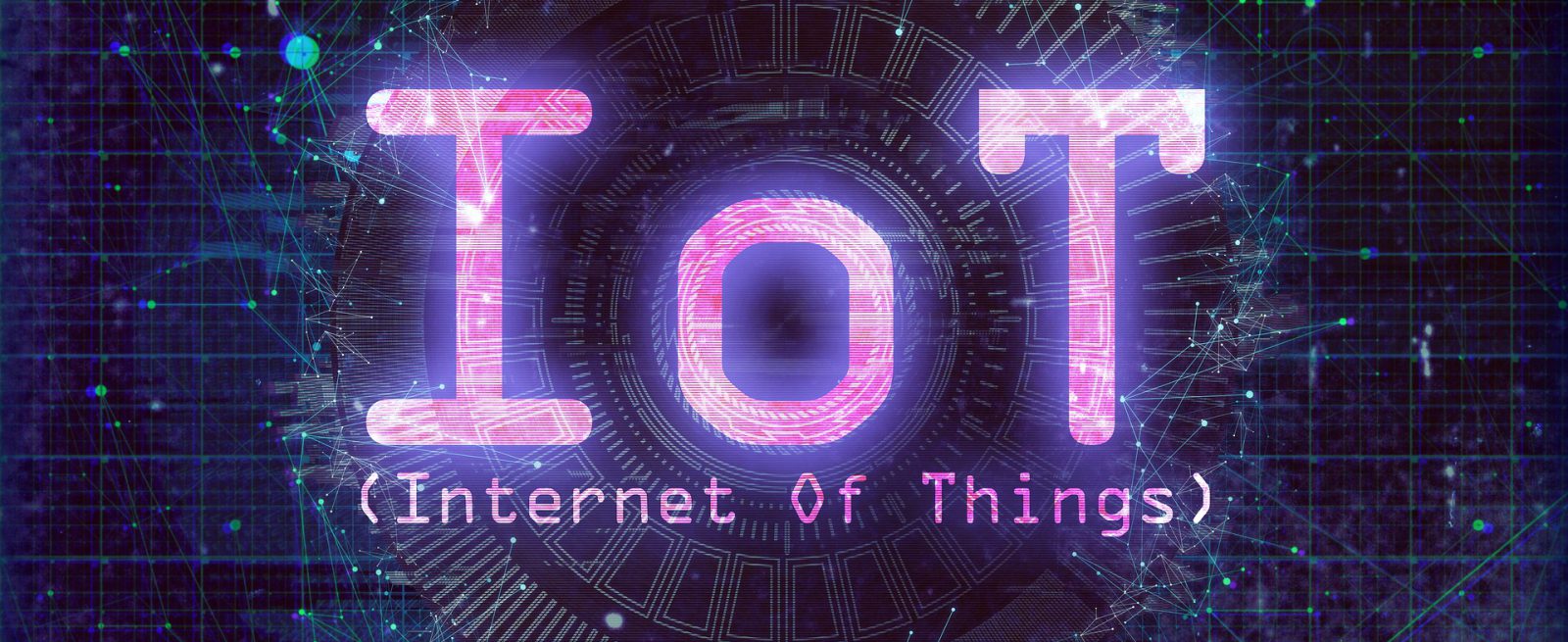How Restaurants Can Benefit from IoT-Enabled Energy Management
3 Min Read By Jose Matuk
For a restaurant company, the cost of heating and cooling buildings and powering kitchen equipment represents three to five percent of total operating expenditure. In a competitive industry with razor-thin margins, even a slight improvement in efficiency can make a significant difference, especially for large operators overseeing hundreds and thousands of facilities. The trouble is, restaurant managers have traditionally struggled to gain insight into energy usage. They know that aging freezers, ovens and fryers might break down at any time, but they can’t anticipate when to do a maintenance check. Similarly, they know that they spend more than necessary on heating and air conditioning, but they can’t identify and address specific sources of waste.
In a competitive industry with razor-thin margins, even a slight improvement in efficiency can make a significant difference.
That is changing, as restaurants apply Internet of Things (IoT) and smart building capabilities to dramatically enhance their ability to manage energy consumption and reduce costs. An Energy Management Solution (EMS) utilizes intelligent assets to collect, analyze and share data on how a restaurant consumes gas, electricity, oil and water. Based on this information, managers can more easily implement measures to be smarter about resource utilization. An EMS can, for example, detect cold air leaking from a freezer door, or send an alert when a condenser coil needs cleaning or an AC filter needs changing. Or, by gauging consumption against thermostat settings, an EMS can calculate the optimal temperatures needed over a 24-hour period to keep spaces heated in winter and cooled in summer.
While enhancing – and largely automating – these basic energy management practices, an EMS can also serve as a foundational element or building block of a broader IoT strategy that leverages data collection and analysis to optimize kitchen practices and enhance the customer experience. By establishing networks of smart, connected devices, the IoT can create a momentum-building virtuous circle of continual improvement, feedback and refinement. Through this process, businesses are able to glean increasingly insightful and actionable knowledge across the business.
For a restaurant, basic IoT opportunities include smart sensors on fryers that maintain an optimal oil temperature and help cooks determine when French fries are perfectly done, as well as aid compliance with safety and hygiene standards by alerting managers when oil should be filtered or changed. Refrigerator sensors can monitor perishables and notify kitchen staff when ingredients are nearing expiration and when new orders should be placed.
Digging deeper, the data collected by a smart fridge can complement Point of Sale (POS) data on incoming orders to drive analytics on demand and supply in real time, allowing kitchen staff to retrieve precise amounts of specific supplies, thereby minimizing energy loss from thermal transfer. And combined with historical data, smart sensors can enable predictive analytics – helping, say, a sports bar predict how many avocadoes will be needed for guacamole orders for Super Bowl Sunday.
Smart, connected sensors – coupled with increasingly sophisticated POS and guest data – can also take customer engagement to a new level. Strategically placed beacons and WiFi networks can monitor foot traffic near a restaurant, and automatically trigger the sending of tailored promotions and incentives to loyal customers to encourage them to go in. These insights can also help restaurants minimize waste by promoting surplus items – such as offering frequent guests free guacamole or wings samplers on the Monday after the Super Bowl.
When selecting an EMS strategy, interconnectivity is essential. While that would seem obvious, any solution – whether focused on energy savings or a broader IoT scope – has to accommodate a wide range of standards and protocols. As such, due diligence should focus on the ability to integrate multiple devices with a minimal amount of complexity, customization or third-party intervention. Another priority should be an agnostic approach that doesn’t require lock-in with a particular platform or solution.
In terms of defining a roll-out strategy and building a business case, an initial focus on energy savings and concrete results, followed by a more ambitious foray into IoT capabilities, can be effective. Given the expansiveness of the technology, businesses of all kinds have struggled to get their arms around the IoT in terms of charting a roadmap or identifying quantifiable objectives.
Creating a plan around something as straightforward as energy savings can make the IoT “real,” and allow success to be measured in terms of incremental steps rather than by a risky leap of faith towards a vaguely defined future vision.


